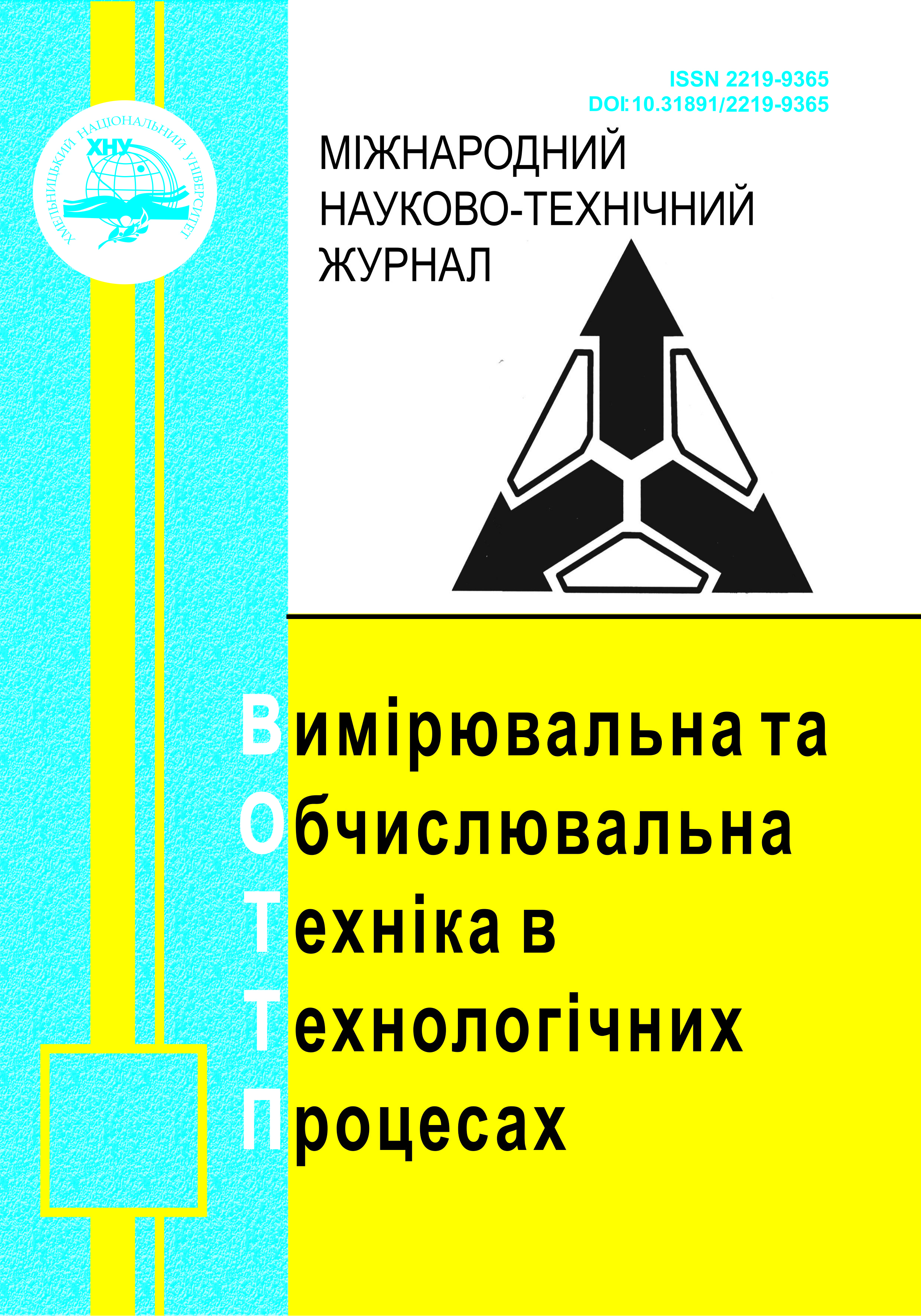JUSTIFICATION OF THE CHOICE OF THE ELEMENT BASE OF THE STABILIZATION SYSTEM OF THE MOBILE ROBOT EQUIPMENT OF THE "MINI" CLASS
DOI:
https://doi.org/10.31891/2219-9365-2025-81-13Keywords:
mobile robots, stabilization system, sensitive element, attitude and heading reference system, electric motor, microcontrollerAbstract
The article is devoted to the development of the equipment stabilization system, which is installed on wheeled mobile robot of the "mini" class, namely, to the justification of the choice of functional elements of the system. For the effective use of various equipment (digital cameras, antennas, radars, various devices) when moving a mobile robot over terrain with a complex surface profile, it is important to ensure stabilization of the equipment in the horizon plane.
The paper analyzes the modern elemental base that can be used to develop a stabilization system in accordance with the requirements for the accuracy and speed characteristics of functional elements, and taking into account the limitations of mass and dimensional characteristics. As a sensitive element of the stabilization system, the use of a Attitude and heading reference system (AHRS), built on the basis of technologies of microelectromechanical systems, is substantiated. According to the results of a comparative analysis of the characteristics of such AHRS of different manufacturers, the choice of AHRS with the most acceptable mass and dimensional characteristics and the accuracy of determining the angles of deviation of the platform from the horizon plane is substantiated. A comparative analysis was carried out and the choice of an executive motor was justified among brushless direct current electric motors, small in size and weight, which provide a moment sufficient to solve the task of stabilizing a platform weighing 4-5 kg. The existing architectures of microcontrollers are considered and the choice of the main microcontroller on which the conversion, control algorithms, adaptive digital regulators of the equipment stabilization system will be implemented is justified.
The characteristics of the selected functional elements of the stabilization system will be used in the developed models of the system when conducting computer simulations and researching the quality of the stabilization process in complex conditions of mobile robot movement. Based on the selected functional elements, a physical model of the stabilization system will be created and tested for installation on a "mini" class mobile robot.
Downloads
Published
How to Cite
Issue
Section
License
Copyright (c) 2025 Андрій ОСОВЦЕВ, Надія БУРАУ

This work is licensed under a Creative Commons Attribution 4.0 International License.

